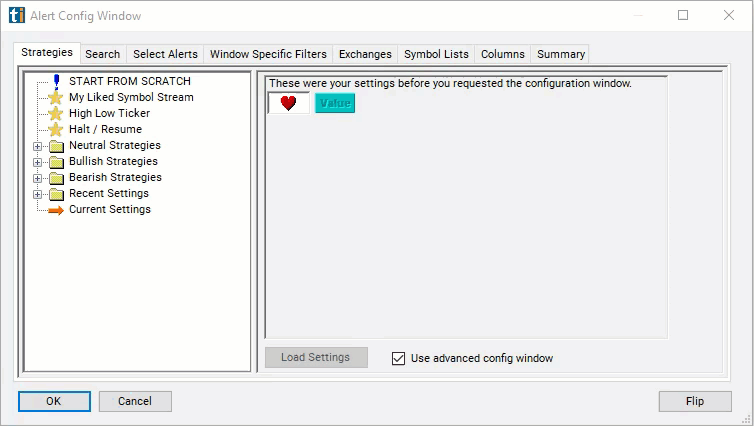Current Assets
Table of Contents
- Understanding the Current Assets Filter
- Current Assets Filter Settings
- Using the Current Assets Filter
- FAQs
Understanding the Current Assets Filter
Current assets encompass all assets that are expected to be converted into cash or used up within a year. This includes cash itself, along with assets like accounts receivable (money owed to the company by customers), inventory (goods ready for sale), marketable securities (short-term investments), prepaid expenses (expenses paid in advance but not yet incurred), and other liquid assets.
For traders, current assets serve as a measure of a company's short-term financial health. Companies with higher levels of current assets are better positioned to cover their short-term liabilities, such as debts and operational expenses. This can be indicative of stability and resilience, which are desirable traits for investors.
From an accounting perspective, assets are divided into the following categories:
- current assets: cash, accounts receivable, inventory, marketable securities, prepaid expenses and other liquid assets that can be readily converted to cash
- long-term assets: real estate, plant, equipment, etc.
- prepaid and deferred assets: expenditures for future costs such as insurance, rent, interest, etc.
- intangible assets: trademarks, patents, copyrights, goodwill, etc.

Current Assets Filter Settings
Configuring the "Current Assets" filter is simple and can be done within the Window Specific Filters Tab of the Configuration Window in your Alert/Top List Window.
Here's how to set up the filter in your configuration window:
- Set the minimum value to 500,000,000 and the max value to 1,000,000,000 to see only stocks with current assets between $500 million and $1 billion.

Using the Current Assets Filter
The "Current Assets" filter can be used in various trading strategies, including:
Liquidity Plays: Focus on companies with high levels of current assets relative to their short-term liabilities. These companies are better positioned to weather economic downturns and take advantage of growth opportunities. Look for companies with a current ratio (current assets divided by current liabilities) above 1, indicating they have more assets than liabilities due within a year.
Turnaround Opportunities: Identify companies with low stock prices relative to their current asset value. These companies may be undervalued by the market despite having strong liquidity positions. Conduct further research to determine if the company's current assets are being utilized effectively and if there are catalysts for a turnaround in performance.
Growth Potential: Look for companies with rapidly increasing current assets over time. This could indicate strong sales growth, efficient inventory management, or successful expansion efforts. Combine the current assets filter with other growth indicators, such as revenue growth rates and market share trends, to identify companies with significant growth potential.
FAQs
What exactly are current assets?
- Current assets represent assets that are expected to be converted into cash or used up within a year. They typically include cash, accounts receivable, inventory, marketable securities, and prepaid expenses.
Why are current assets important for stock trading?
- Current assets provide insight into a company's short-term liquidity and its ability to cover immediate financial obligations. They are crucial for assessing a company's financial health and stability, which are important factors for investors.
How do I interpret the current assets filter results?
- Interpret the results by assessing the level of current assets relative to a company's liabilities and industry benchmarks. Higher levels of current assets compared to liabilities generally indicate stronger liquidity and financial stability.
Can I use the current assets filter in conjunction with other filters or screening criteria?
- Yes, combining the current assets filter with other filters, such as earnings growth, valuation metrics, and technical indicators, can help refine your stock selection process and identify high-quality investment opportunities.
Filter Info for Current Assets [Assets]
- description = Current Assets
- keywords = Fundamentals Changes Daily
- units = $
- format = 0
- toplistable = 1
- parent_code =




